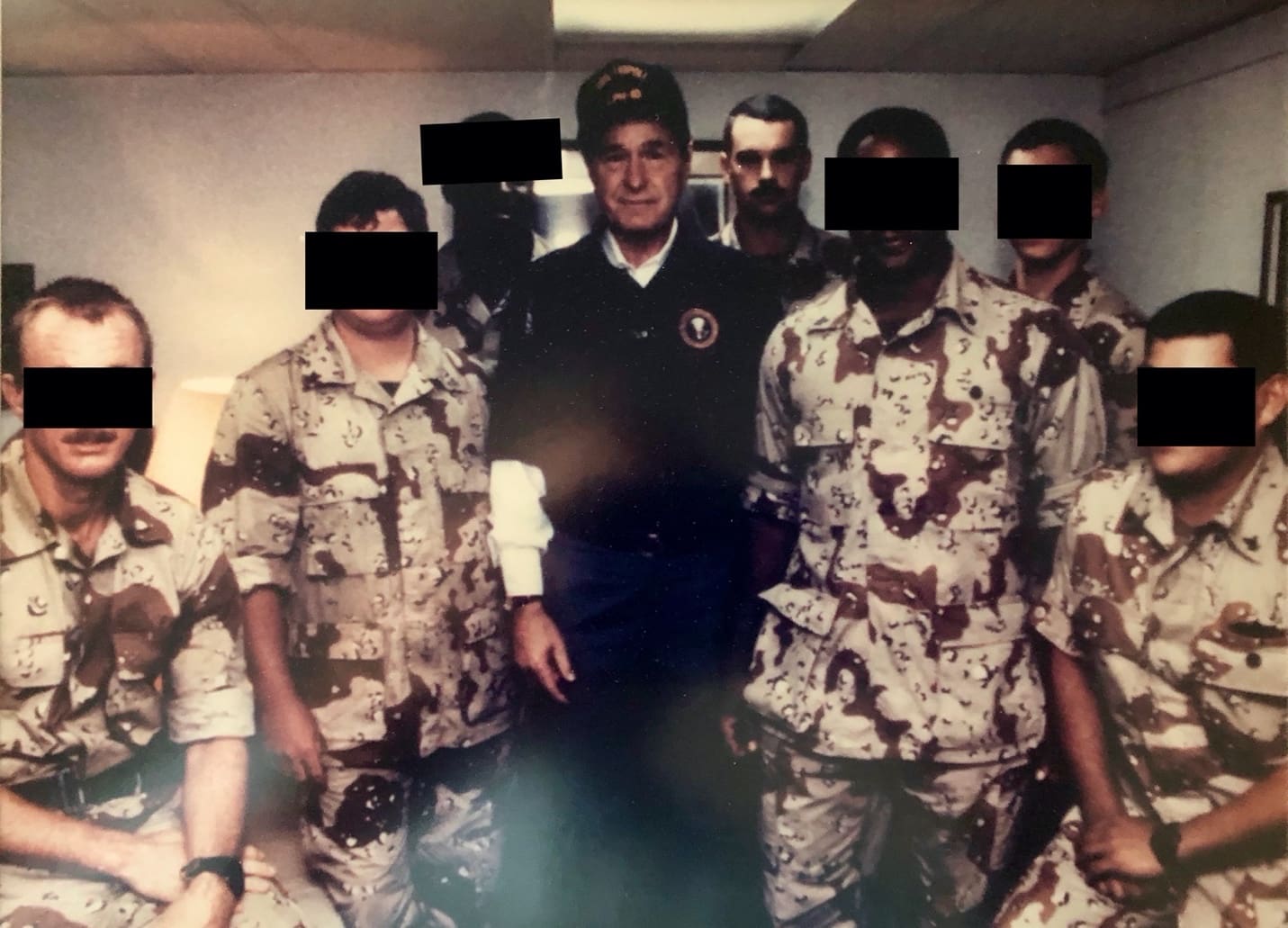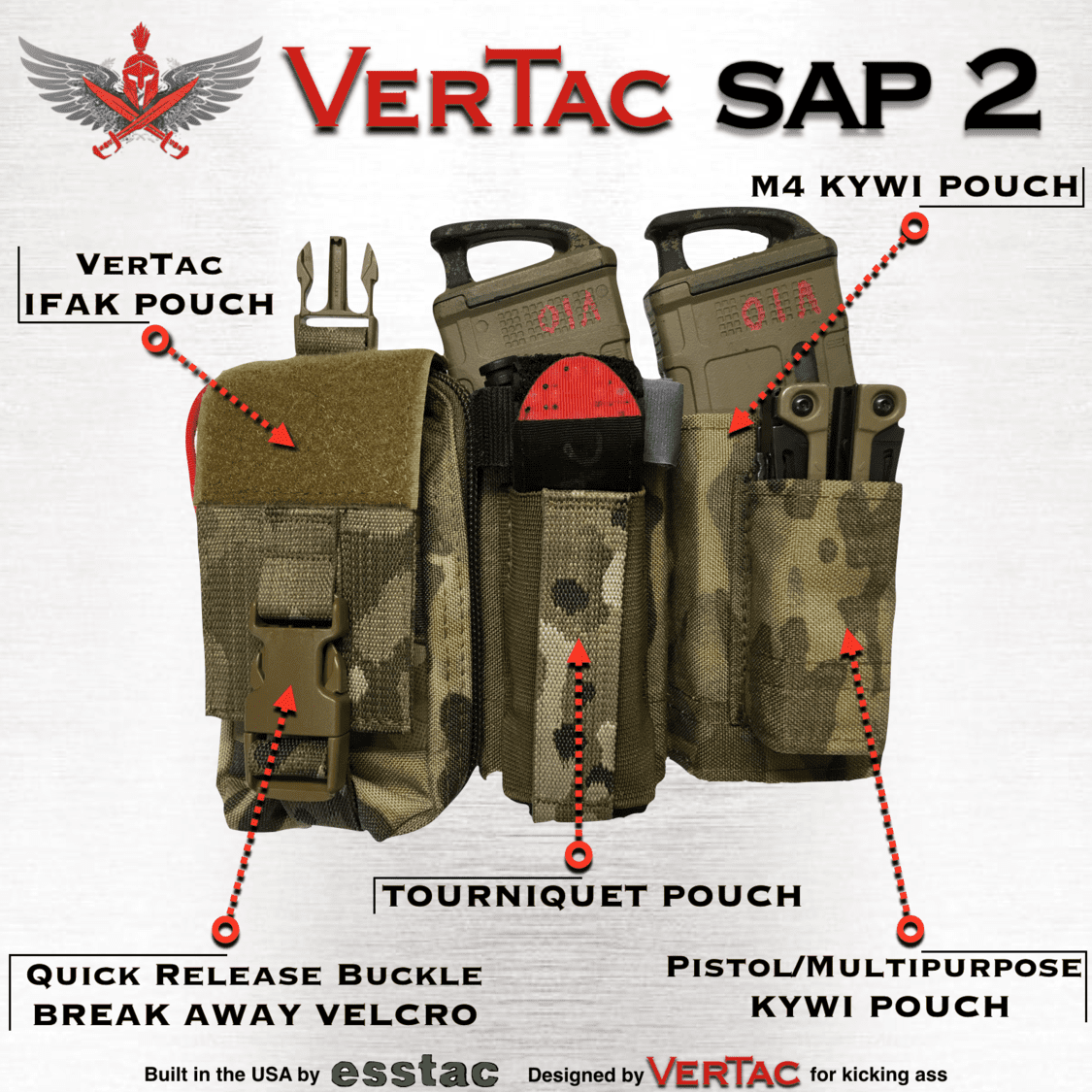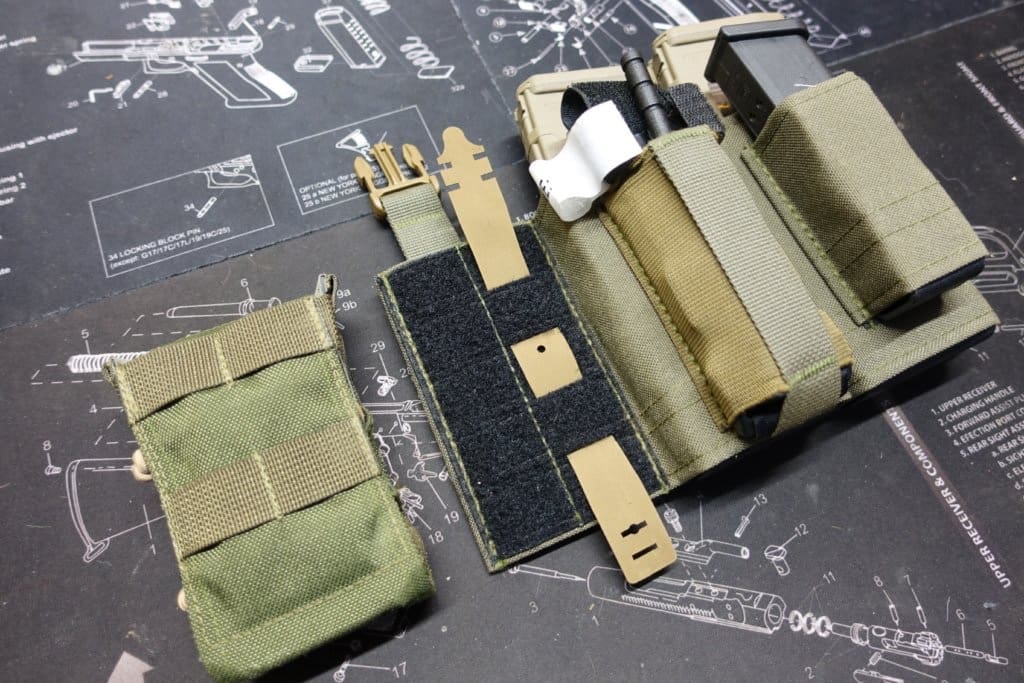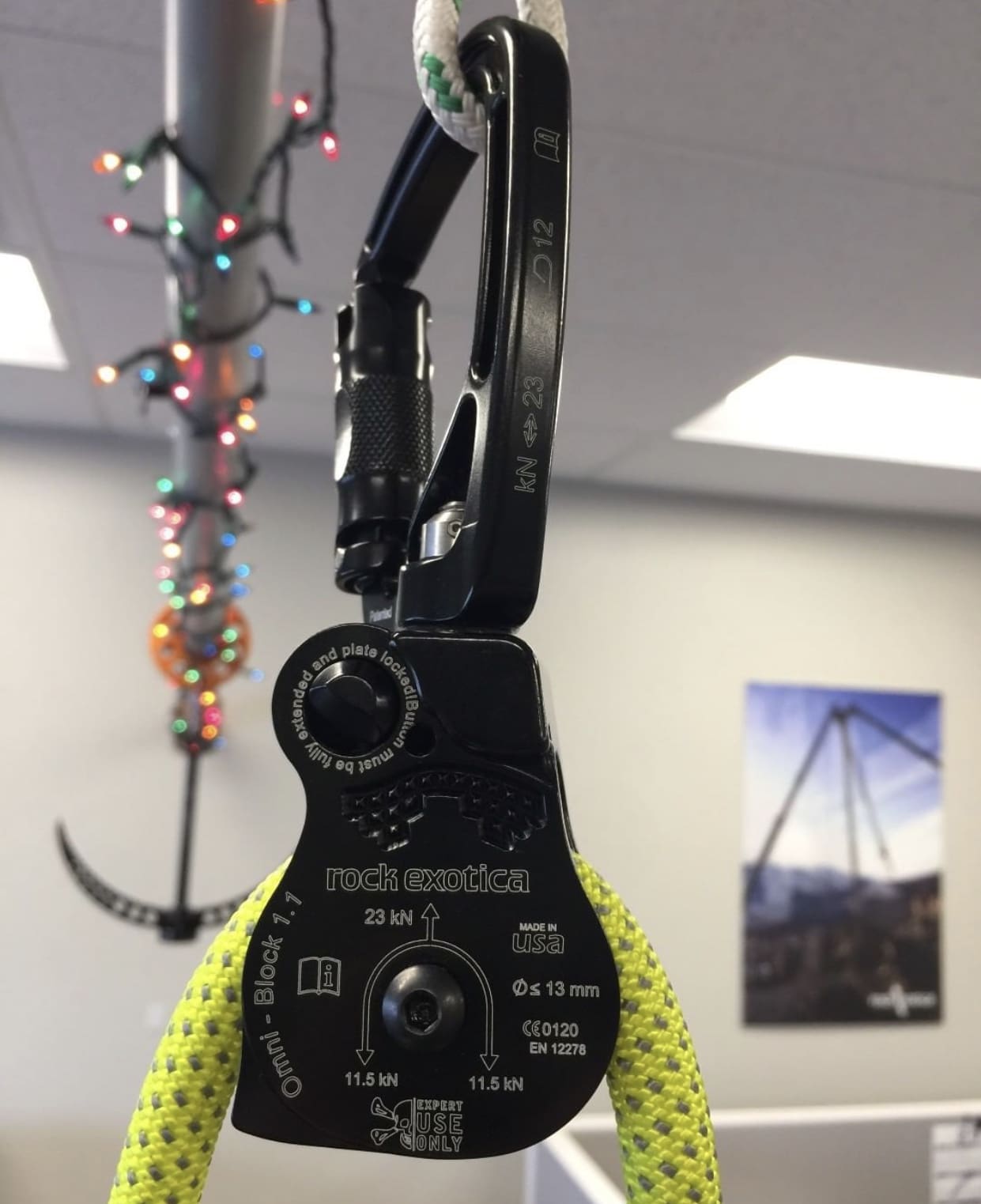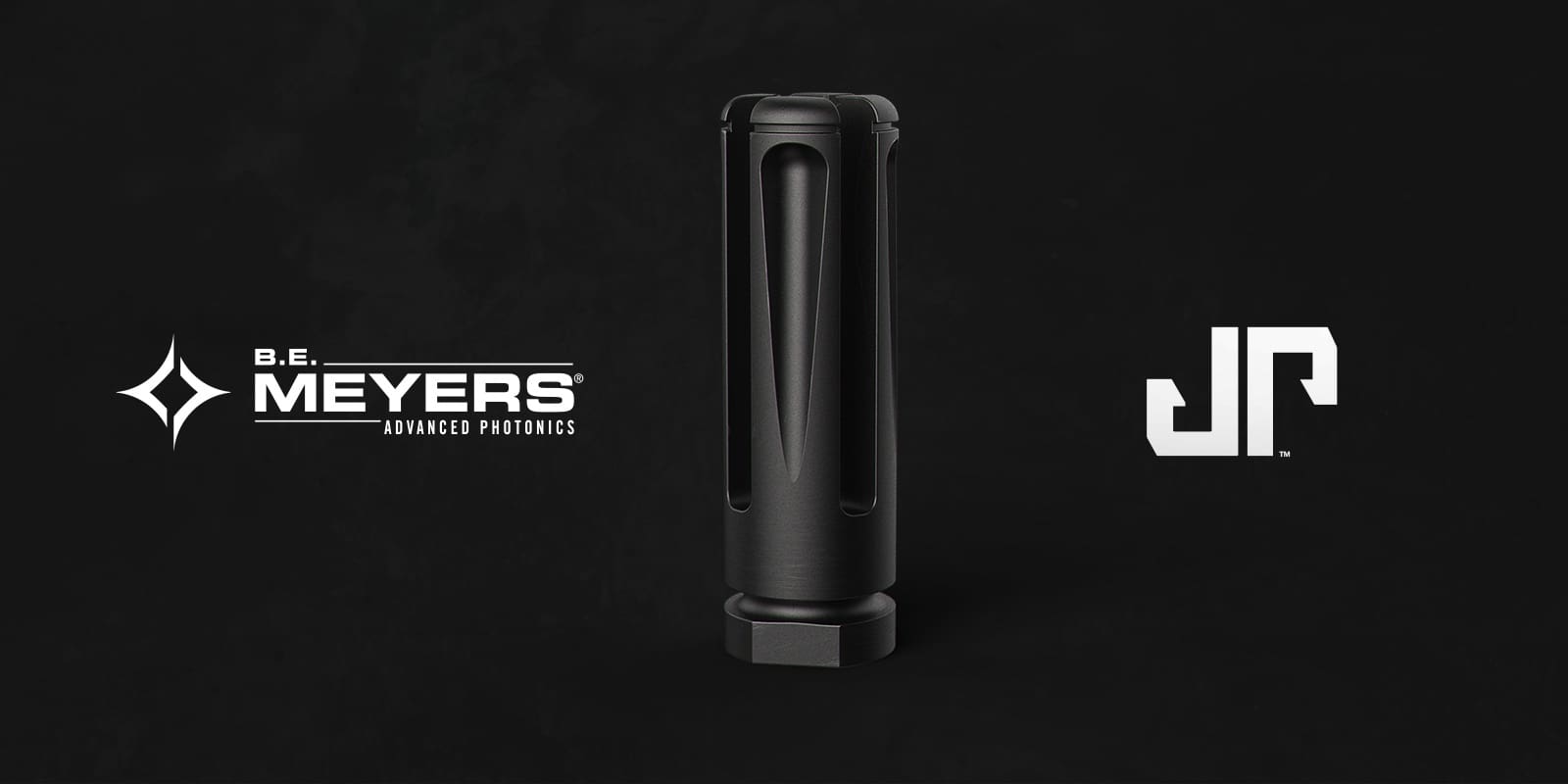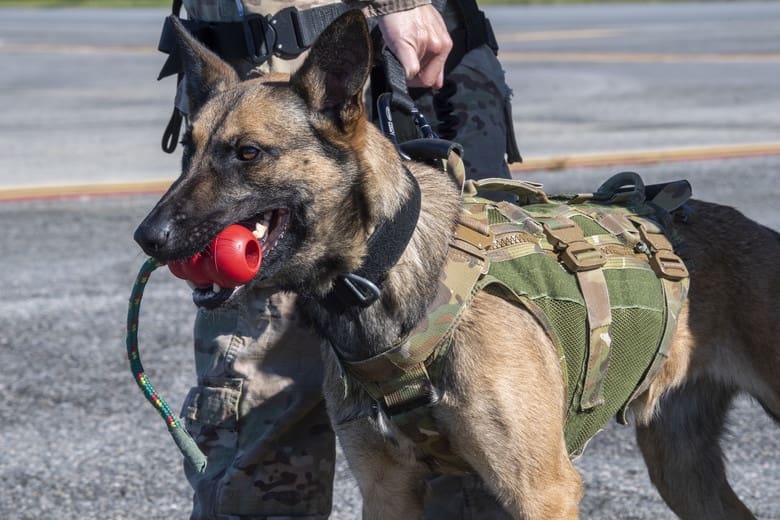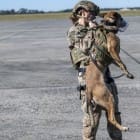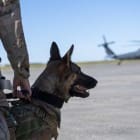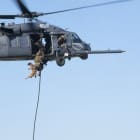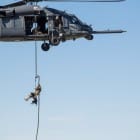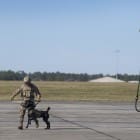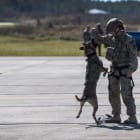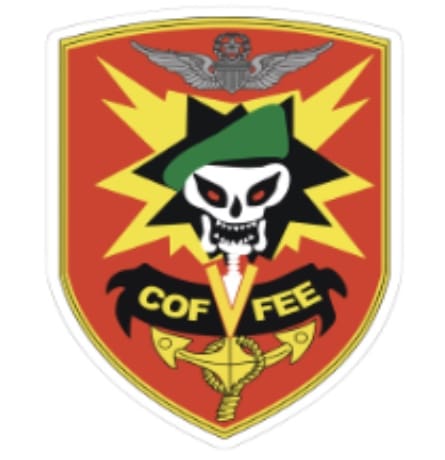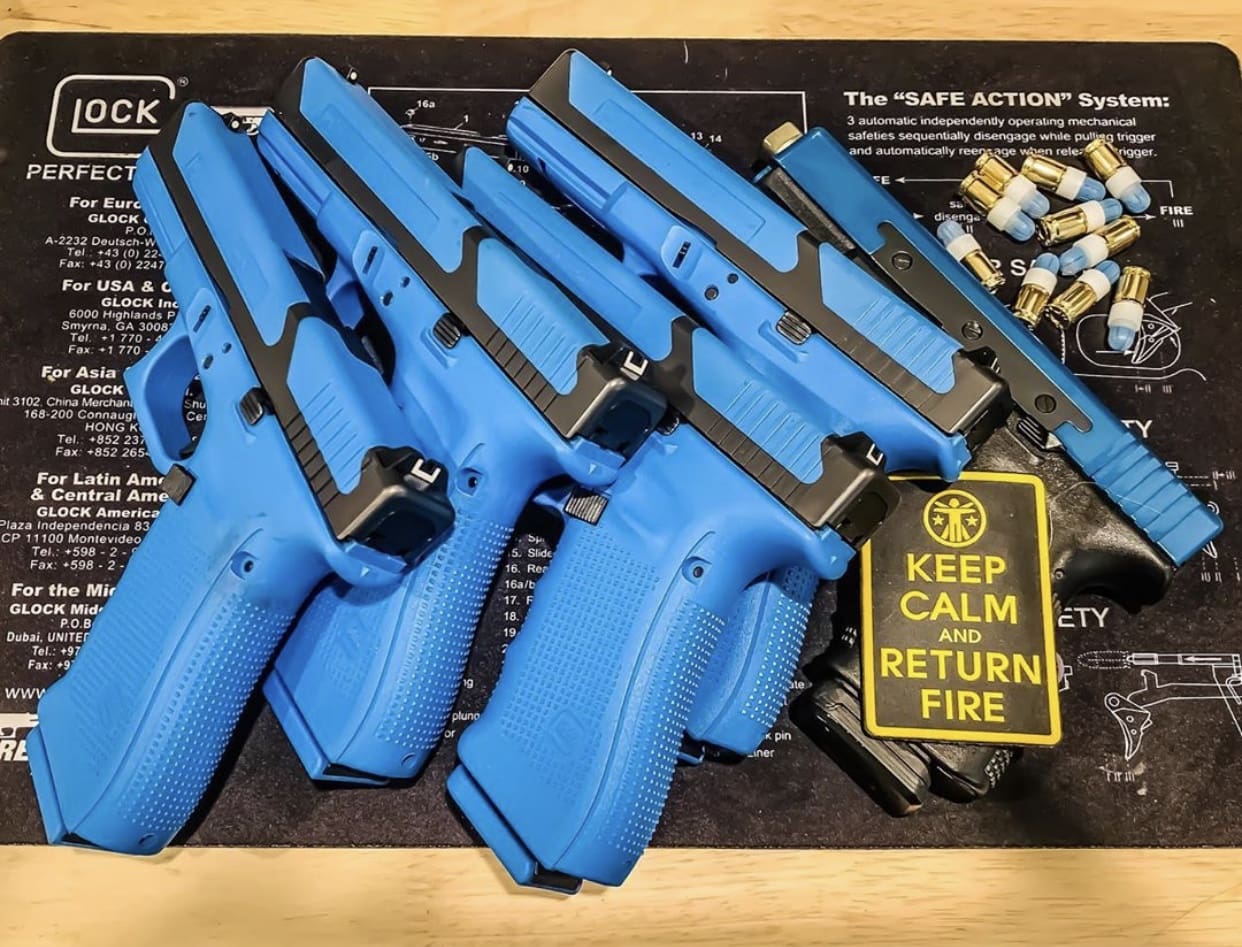Thanksgiving is a time when many people take the time to gather with family and friends to feast, give thanks and celebrate from the comfort of their own homes.
But during wartime, however, the Thanksgiving holiday is slightly different. During WW1 AND WW2 on the home front, people were encouraged to cut back on food items such as sugar, meat, fats, and wheat so food could be sent to troops fighting overseas. Many newspapers across the country printed alternative recipe ideas that cut back on food items, especially sugar.
American families were asked to grow their own gardens and use homegrown food in their Thanksgiving meals instead of buying food from the local food market.
The menu at Camp Wadsworth in 1918 included celery, pickles, olives, roast turkey with dressing, cranberry sauce, mashed potatoes, salted wafers with cheese, bread and butter, pumpkin pie, fruit cake, ice cream, and coffee.
My first military Thanksgiving was in 1987 at NTC Great Lakes. A couple of years later, I would be in my second combat zone during the first gulf war, it would eventually be called Operation Desert Storm, but I first got there it didn’t have a name. I was stationed in Saudi Arabia on the border of Kuwait. Our meals normally constated of two MREs a day. But on Thanksgiving, we got our two MREs and a meal of hamburger meat that was made into spaghetti. We were some of the first troops on the ground and had nothing but two MREs a day since the day we arrived in late August. About two days before Thanksgiving, we had a Mess Specialist 1st class (MS1) assigned to our camp, his first role was to go around with our corpsman and make sure all the water we were getting was good for us to drink. We had bottled water until the commandant of the Marine Corps decided he didn’t want his Marines drinking Gucci water. It didn’t matter that we were not Marines because we got our supplies from them. So, we had to get out water from the fire hydrants and store it in water buffalos where it was heavily chlorinated. Once a week we would take turns going to the port of Al Jubail to get supplies and you could sometimes get a hot meal there.
Back to Thanksgiving. It was the first real hot meal we had had in about three months. It was one of the best spaghetti dinners I have ever eaten. I take that back – it’s one of the best meals I have ever had, period. It was a simple spaghetti meal with bread and bug juice (a Kool-Aid like drink), but I genuinely feel that the MS1 put all his heart into it. There was no apple pie, no football, no family — nothing you would think of as Thanksgiving. We were living in tents, abandoned buildings, and also Mil-van’s in about 110F heat. Over my 26 years in the military, Thanksgiving would genuinely get a hell of a lot better. Some of the ones I had while I was in Iraq, had just about anything you could want — from steak, lobster, turkey and ice cream. But still one of my favorite Thanksgivings of all time was in that tent during the first Gulf War/Operation Desert Shield/ Storm. Thanks to all support people who try every day to make places like Iraq, Afghanistan and other holes you might end up in, just a little bit better with food and other contributions that make being far away a little closer to home.
